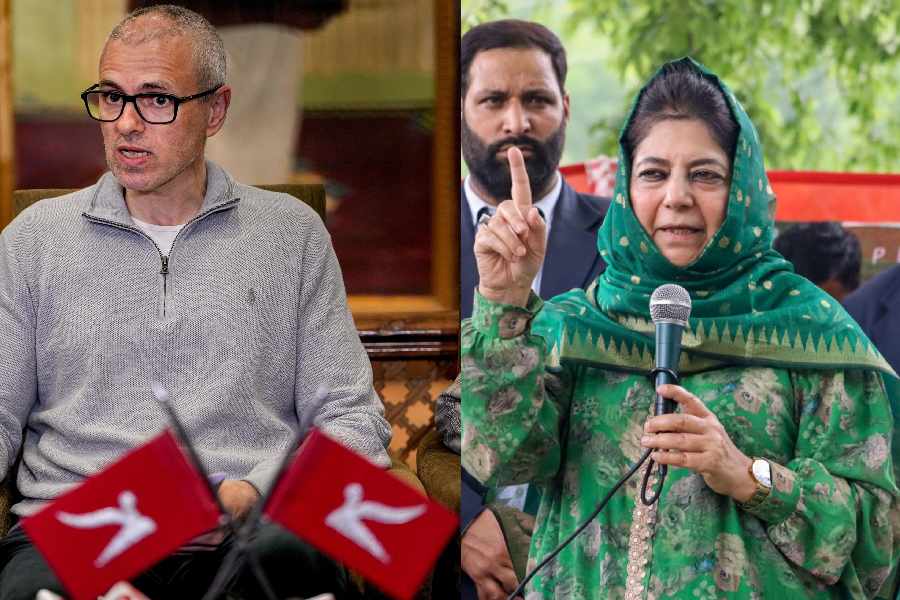Mumbai, July 19: Deal Street is still chewing over the sweeping changes in the takeover code — and undecided whether there will be a greater number of deals in the pipeline because the trigger for an open offer is proposed to be raised to 25 per cent or a smaller number of big ticket deals because of the 100 per cent open offer rule.
In the six months between January and June 2010, India saw 365 merger and acquisition (M&A) deals worth $38.7 billion — that is 185 per cent higher than the 128 deals transacted in the same period last year. In value terms, it surged 580 per cent from the $5.7 billion in the year ago period.
Deal Street has been buzzing this year with the telecom, banking and financial services, aviation, metals and ores, and real estate being the sectors that have cut the best deals.
The new takeover code has the potential to increase the number of M&A deals but diminish overall values.
Experts agree that there is a need to rewrite the takeover code especially as India integrates with global financial markets. They are also unanimous about the need to raise the initial trigger for an open offer from 15 per cent to 25 per cent.
However, there are concerns about how mergers and acquisitions activity in the sub-continent will be hit if the new proposed takeover code sails through in its present form.
Experts across the board agree that mid-cap and even large-cap firms seeking private equity are likely to be big beneficiaries if the proposal to raise the trigger for open offers is raised.
“Private equity will no longer be constrained from investing in Indian companies and can fund up to 25 per cent of a company’s shares without triggering the code,” said KPMG executive director Girish Vanvari.
Corporate advisory firms and market experts welcome the committee’s proposal to raise all open offer to 100 per cent. “It offers an equal opportunity for encashment to everybody,” said PricewaterhouseCoopers executive director Rekha Bagry.
The 100 per cent open offer rule, however, could prove to be the biggest stumbling block to most M&A deals as potential acquirers would be hard put to raise a significantly higher quantum of funds.
“A rule that says 100 per cent or nothing is just not practical,” said Prime Data base founder Prithvi Haldea who tracks the capital markets.
The need to raise funds to finance open offers of 100 per cent will also bring to the fore the discrepancy in the fund raising abilities of foreign investors who have access to leveraged finance versus Indian companies who are in the acquisition mode.
Questions are being raised on another provision in the new code pertaining to an exception for voluntary open offers.
“This will make delisting easier and cheaper for companies with a high promoter holding who are keen to do so,” said S.P. Tulsian, an analyst who tracks the capital markets.










